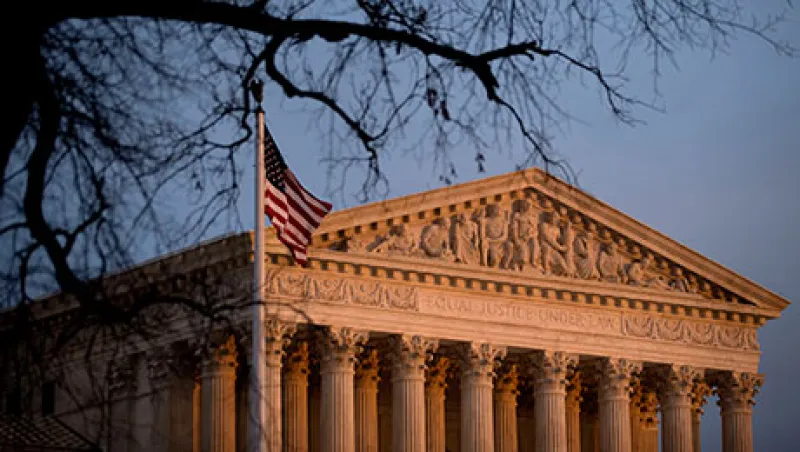
Supreme Court May Shake Up 401(k) Fee Fight
The outcome of an upcoming case at the U.S. Supreme Court could increase the pressure on 401(k) plan sponsors to shift away from retail mutual funds.
Kaitlin Ugolik
December 16, 2014


